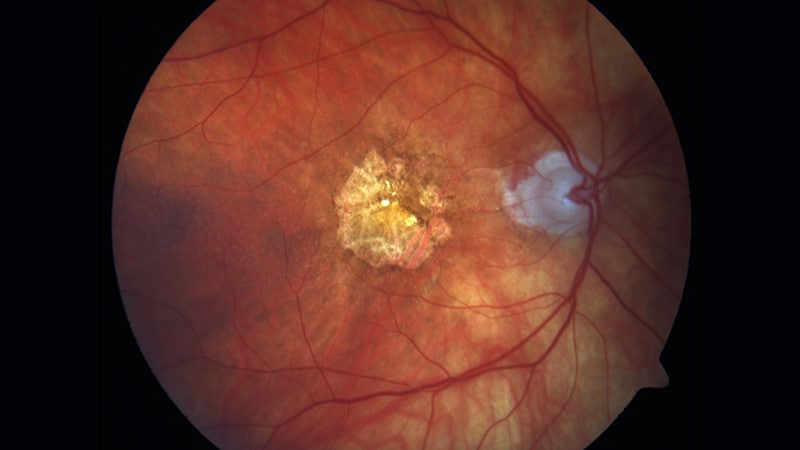Northerner
Admin (Retired)
- Relationship to Diabetes
- Type 1
Patients whose vision is impaired by atrophic age-related macular degeneration can integrate their natural peripheral vision with images supplied through a subretinal implant, researchers say.
With magnification supplied by augmented reality glasses, patients reached a visual acuity in the range of 20/63–20/98 up to 2 years after implantation.
These findings suggest that the next versions of the device could restore central visual acuity to patients who have lost it to one of the most common retinal diseases, said Daniel Palanker, PhD, a professor of ophthalmology at Stanford University in Palo Alto California.
"Patients can recognize letters and so on, and simultaneously see the rest of the field with their natural vision," he told Medscape Medical News.
The study by Palanker and his colleagues was published in Nature Communications.

With magnification supplied by augmented reality glasses, patients reached a visual acuity in the range of 20/63–20/98 up to 2 years after implantation.
These findings suggest that the next versions of the device could restore central visual acuity to patients who have lost it to one of the most common retinal diseases, said Daniel Palanker, PhD, a professor of ophthalmology at Stanford University in Palo Alto California.
"Patients can recognize letters and so on, and simultaneously see the rest of the field with their natural vision," he told Medscape Medical News.
The study by Palanker and his colleagues was published in Nature Communications.

Implant Could Restore Central Vision in Macular Degeneration
A subretinal implant partially restored central vision in some patients with atrophic macular degeneration.
www.medscape.com
